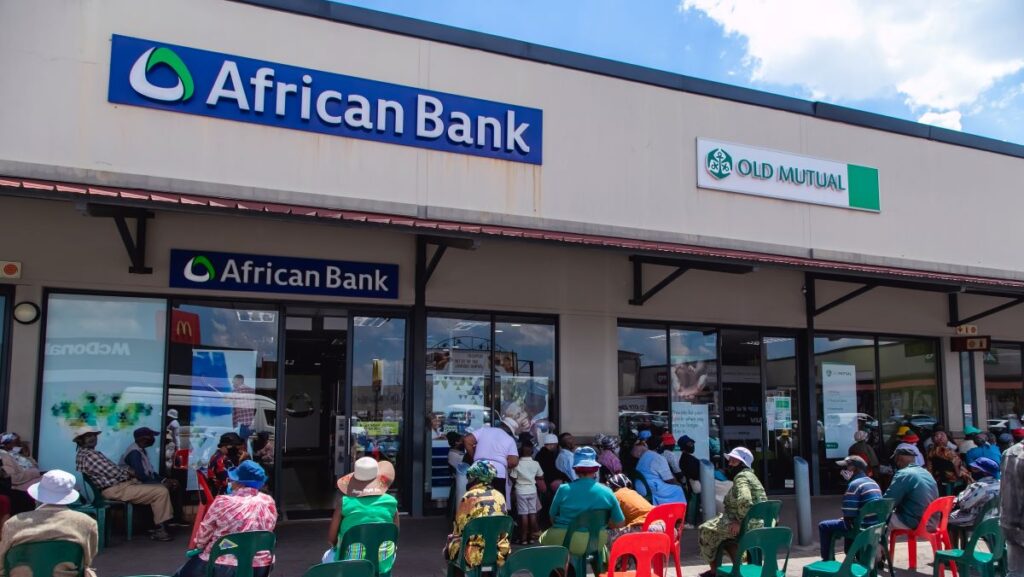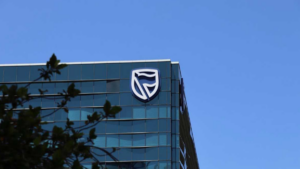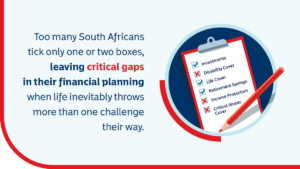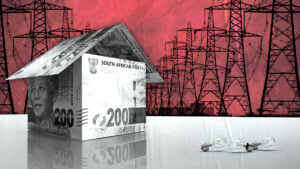Ratings upgrade for African Bank

African Bank has welcomed the latest ratings upgrade from S&P Global in South Africa, with the credit rating agency optimistic over the nation’s banking prospects.
S&P Global upgraded the bank’s long-term global scale issuer credit rating from B to B+, with a stable outlook. It affirmed the global scale rating of B.
Although this still means that African Bank is in “junk” status, it is a move in the right direction. The bank was placed into curatorship by the Reserve Bank a decade ago following poor lending practices.
“This upgrade acknowledges the work we have put in over the last few years and gives us further confidence that we are on the right track,” said African Bank Group CEO Kennedy Bungane.
“It reflects on our financial performance, capitalisation and improved asset quality while expanding our offerings to our customers.
“As we mark 50 years, the new rating enhances our reputation and positions us strongly as we continue our journey towards becoming a listed institution.”
S&P Global ratings analysis, which the primary analyst Adnan Osman led, said that the upgrade reflects the more supportive economic environment and strong capitalisation.
These partially compensate for the bank’s weak asset quality indicators. S&P Global expects African Bank to continue to scale and diversify, especially in retail.
“We also expect the group to maintain strong capitalisation, despite robust asset growth,” said S&P Global.
“Its weak asset quality indicators are underpinned by legacy loans, and we do not expect a significant inflow of nonperforming loans from the new production.”
It anticipates that focusing on less risky lending segments, higher economic growth, and improved underwriting standards should support its risk profile through the credit cycle.
It expects the bank to continue expanding its deposit base without significantly affecting its profitability.
The stable outlook on the bank also reflects the expectation that strong capitalisation will continue to support its creditworthiness, while it continues to expand its business.
It also highlights the credit agency’s expectation that quality indicators will continue to gradually improve, supported by the enhanced quality of new production and improving economic prospects.
It added that its upside scenario would see it raise its ratings in the next 12 to 24 months if the bank significantly improves its funding base by attracting lower-cost and stable funding.
It could also raise its ratings if the bank significantly strengthens its franchise organically and improves its profitability. Its net profit after tax increased by 15% to R202 million in the six months ended March.
However, the downside scenario would see a lower rating in the next 12 to 24 months if the bank’s capitalisation declines significantly, while its risk-adjusted capital (RAC) ratio drops below 10%.
Better times for banks in South Africa
S&P Global believes that the South African banking system is now in an expansionary phase, but will remain cautious about credit growth and a moderate nominal increase in real estate prices over the next few years.
It expects South Africa’s GDP to rise by 1.5% on average from 2025 to 2028 after a subdued 0.6% in 2024.
“We expect investments in infrastructure, including logistics and renewable projects, will create lending opportunities for banks,” said the credit rating agency.
“We also anticipate household lending will increase at a measured pace, supported by the reduction in interest rates. Within this context, we expect credit growth to accelerate to 7%-8% in 2025.”
It also believes lower interest rates and inflation will support household disposable income and the ability to repay debt.
The banking sector’s credit loss ratio should normalise, averaging 90 basis points in 2025, from about 100 basis points in 2024.
Non-performing loans are also expected to improve toward 4.5% of total loans at year-end 2025 from 5.1% in 2024.
“We anticipate adequate returns on equity of 16% on average in 2025, supported by banks’ diversified business models, stable share of noninterest income, lower provisions, and higher credit growth.”
“We expect banks to remain well-capitalised and start issuing first loss after capital instruments in 2026.”





















